Organ and Organ System
Digestive system –The system which is responsible for digestion of food by secreting different enzymes and absorption by blood is called digestive system. Digestive system consists of different organs like –mouth, oesophagus, stomach, pancreas, liver, bile, intestine (small and large).
Mouth – Contains three pairs of salivary gland that contains enzymes – lysozyme (bacteriocidal activities), and carbohydrate digestive enzymes called tyalin, moltase etc.
Oesophagus- The food after mixing with saliva formed bollus and enters into the stomach by peristaltic movement.
Stomach – stomach is the digestive gland . It secrets hydrochloric acid, different proteolytic enzymes (pepsin, ) secreted from stomach.oxyntic cell secrets hydrochloric acid and peptic cell secrets pepsin for protein digestion.pH of stomach is acidic.
Pancreas – Pancreas is the digestive gland that is basic in nature and contains various digestive enzymes.
Liver - It is the largest gland. Nile juice enters the food via hepatic bile duct and help in emulsification of fat.
Intestine - Villi present in small intestine associated with food absorption and large intestine help to send undigested food to the rectum.
Cardiovascular System – Cardiovascular system is consists of heart, lungs, blood vessels etc. It is one of the major system of our body as blood carries oxygen, nutrients, hormone to different parts of the body brings impure blood to the heart and from their to the lungs for purification.After purification blood is then carried by the blood vessels to the different parts of the organ through heart.
Heart - This organ is made up of cardiac muscle which is associated with continuous pumping of the heart throughout the living conditions.It has four chambers -two auricles(left and right), two ventricles (left and right).
At first impure blood is entered through superior vena cava to the right auricle and then into right ventricle via tricuspid valve. Again blood is pumped from right ventricle to the pulmonary artery to the lungs for purification. Then the purified(oxygenated blood) blood enters the right auricle and then to right ventricle via bicaspid valve and spread to different parts of the body by arch of aorta.
Lungs - Lungs are made up of alveoli which participate in gaseous exchange during respiration.
Blood Vessels - blood vessels are of two types – artery and veins. Artery is associated with carrying oxygenated blood and veins are associated with carrying impure blood. Very thin blood capillaries are there which are also associated with blood and absorption.
Blood – blood is a connective tissue. That carries oxygen, provide immunity, carries different hormone, protein and biomolecules.
Musculoskeletal system: It is made up of muscle and bones and cartilage. Bones are the hardest part of the body that give proper shape , structure and protect soft tissues. Muscles are of three types voluntary (muscular contraction is within our control), involuntary (attached with the internal organs )and cardiac muscle (muscular contraction of heart). Ligaments hold bones with muscle and help in doing work. Tendon connect bones with bones . Different bones are come together to form joint.
Excretory system: This system is the process of by which metabolic wastes are removed from the body of an organism. Excretory system consists of different organs. These are – lungs, skin, kidneys.
Lungs – Due to respiration carbon dioxide is produce in lungs. During breathing carbon dioxide and water vapour is released from lungs.
Skin - Outer most layer of our body is skin. Skin contains different sweat, sebum, oil glands. Skin excretes sweat which is the mixture of water, salt and urea. It also controls body temperature.
Kidneys - Kidney is the filter of the body. Nitrogenous waste such as urea, uric acid, ammonia and other inorganic salts along with water is excreted from the body.
Parts of excretory system are kidney, renal arteries, ureter, urinary bladder, urethra.
Renal artery brings in the blood containing wastes into the kidneys. Each kidney consists of a million microscopic filtering units known as nephrons. Here blood is filtered and waste are removed as reabsorption of water and salts takes place. The leftover product is called urine which is straw coloured fluid and it is collected in the renal pelvis which is removed from kidney. The left over waste of the body called urine (straw colour) is removed from the body.
Nervous system - It is the system that allow us torespond the environment with the changes in stimuli. For proper response body need to need to work in coordination. Neurone is the structural and functional unit of life. It is the control system that sends electrical signals throughout our body. Different organs of the nervous system are brain, spinal cord.
Brain – It is the major control center of our body. This is made up of soft tissue which is protected by skull. The brain is divided into three parts -cdrebrum, cerebellum, medulla oblongata. Cerebrum is the largest part of the brain where different functions such as memory, thought, sight, smell, taste, touch, hearing, all voluntary actions. Cerebellum is located just below the cerebrum at the back of the head that help in body balancing. Medulla oblongata is located just in front of or below the cerebellum which is responsible for controlling involuntary actions.
Spinal cord -
It is the cylindrical structure that present in the vertebral column and transmits
nerve impulses from different organs to the brain and vice-versa. It controls
reflex action.
Neurone is made up of cell body
and extension (axon and dendron).
Endocrine system – It is the system that controls body and different coordination like digestion, growth, development and reproduction. It is made up of ductless glands (endocrine) that produce hormone which is called chemical messengers. Some important glands are –
Pituitary gland – It is the master gland that controls the secretions of other hormone glands.
Thyroid gland – Thyroid gland secrets thyroxin that helps in metabolism.
Adrenal gland - Adrenaline secrets from the gland that controls emotion.
Parathyroid gland - It secrets parathormone.
Pancreas – Beta cell of islets of Langerhans secrets insulin (glucose uptake in blood), alpha cell of islets of Langerhans secrets glucagon (increase glucose level in blood).
Ovaries - secrets sex hormones- oestrogen and progesterone in female.
Testes – secrets sex hormone testosterone in male.
From Organ and Organ System to HOME PAGE
Recent Articles
-
What Is Plasma? | Blood Plasma | Proteins | Nutrients | Cholesterol
Nov 07, 25 10:29 AM
Blood is a mobile fluid which is a connective tissue and is derived from the mesoderm like cell any other connective tissue. Colour of blood is reddish and that flows inside the blood vessels by means… -
Disorders of Respiratory System | Tuberculosis | Pleurisy | Emphysema
Oct 28, 25 11:39 PM
Tuberculosis is very common disease and is caused by a type of bacteria called Mycobacterium tuberculosis. This disease causes different trouble in the respiration and infection of several parts of th… -
Regulation of Respiration | Respiratory Centres | Inspiratory Area |
Oct 14, 25 12:13 AM
Respiratory Centre is the area that controls the rate of respiration and it is observed to be located in medulla oblongata and pons. Respiratory Centre has the following will dispersed components like… -
Explain Transport of Gases | External Respiration | Tissue Respiration
Oct 09, 25 11:35 PM
In humans gaseous exchange is completed in the following ways the steps are - External Respiration or Breathing - Breathing in false taking in of Oxygen and giving out of carbon dioxide in the body. M… -
Kind and Number of Teeth | Location of Teeth in Mouth | Care of Teeth
Sep 11, 25 12:52 AM
Kind and Number of Teeth
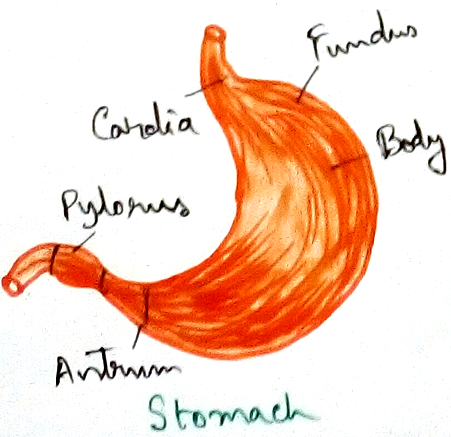
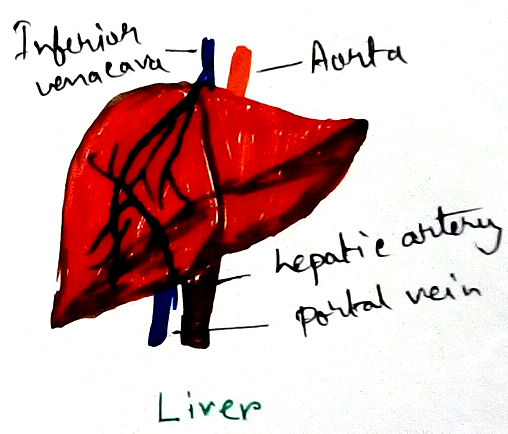
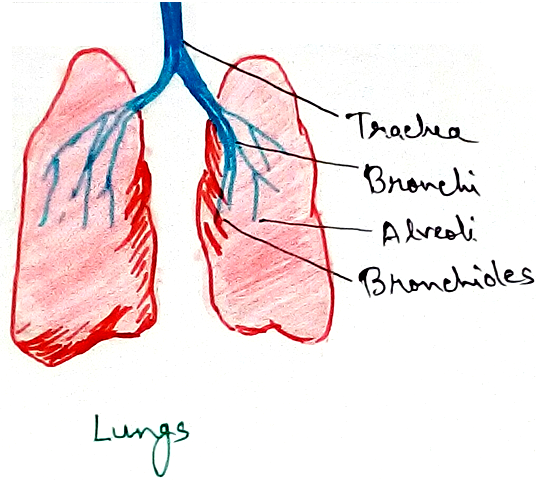
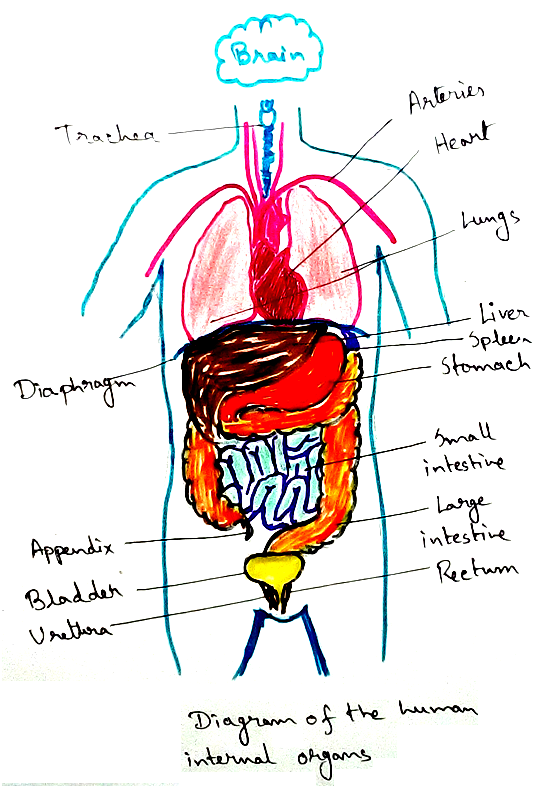
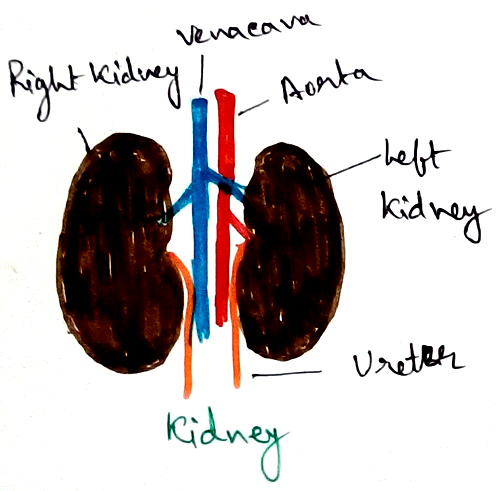
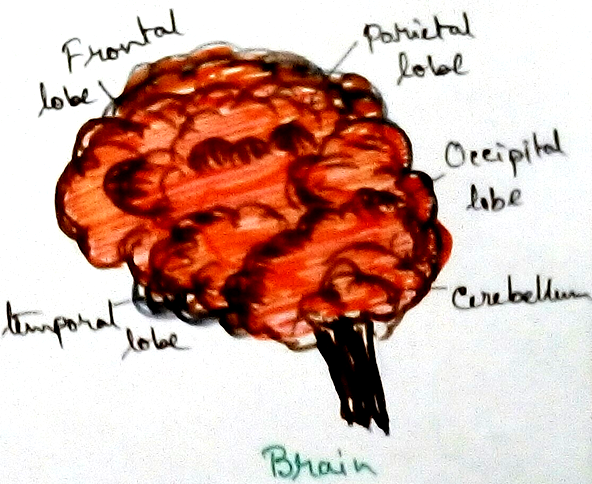





New! Comments
Have your say about what you just read! Leave me a comment in the box below.